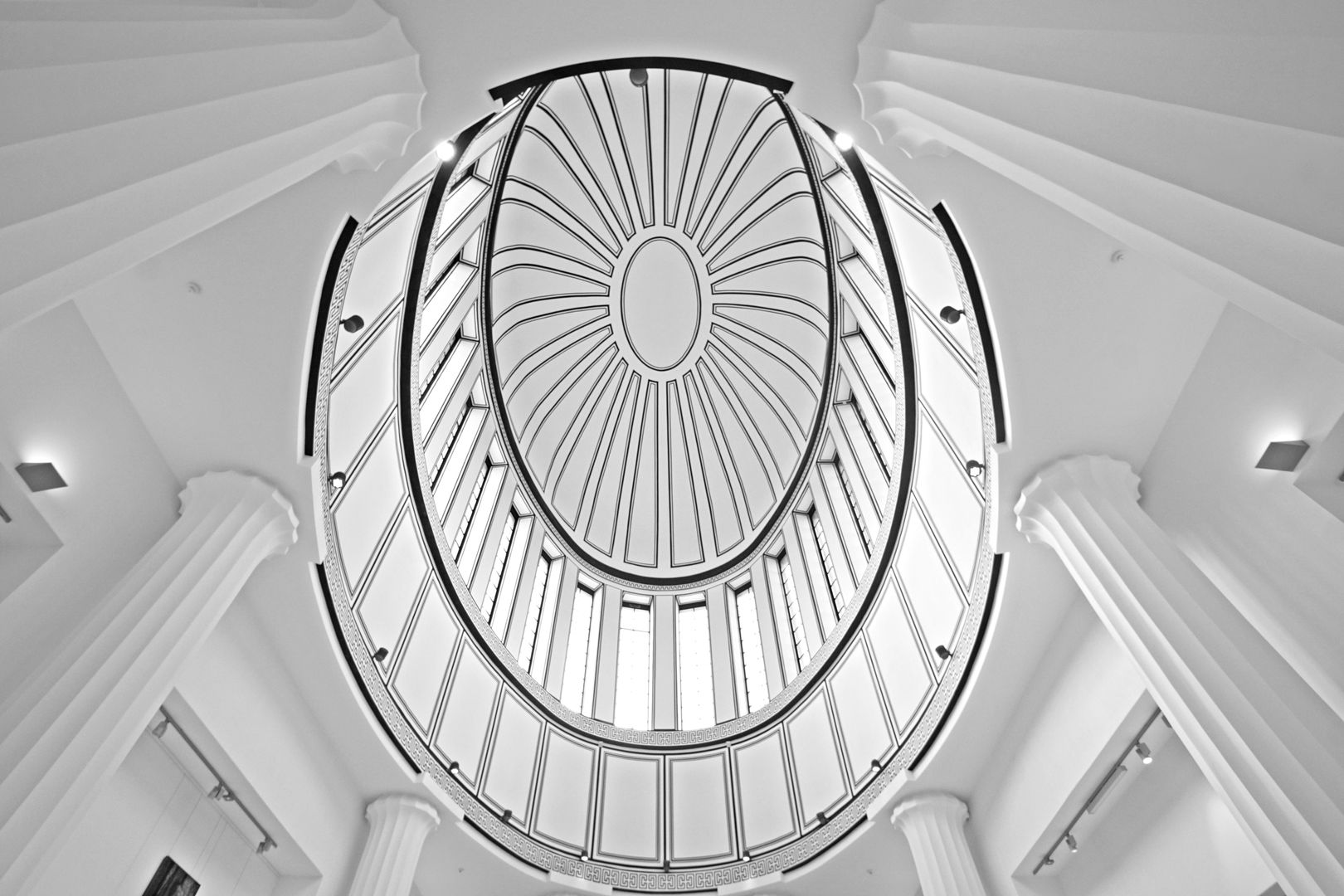Four Domes Pavilion
7.13

Overview
The Four Domes Pavilion, located in Wrocław, was built at the beginning of the 20th century based on a design by Hans Poelzig. Its structure is reinforced concrete, single-story, and the four domes placed in the central part of the wings have different shapes—the eastern and western ones are round, while the southern and northern ones are elliptical. The pavilion was designed as part of the Centennial Exhibition, commemorating the 1813 Battle of Leipzig and the rise of Prussia's importance in Europe. In 1913, after construction was completed, a historical exhibition was held there, featuring, among other things, the original proclamation of Frederick William III to the nation from 1813. During the interwar period, the Pavilion hosted various art exhibitions, such as the "Great Art Exhibition" in 1920, which showcased works by contemporary artists like Paul Klee and Karl Schmidt-Rottluff. After World War II, the Pavilion remained undamaged, and in 1948 it became part of the Recovered Territories Exhibition, attracting 1 million visitors. In 1951, thanks to the initiative of the Polish Astronomical Society, a planetarium was installed in the Pavilion. In later years, the Pavilion also served as the location for the Feature Film Studio. In 2009, the facility came under the control of the National Museum in Wrocław, and after renovation in 2013, new exhibition spaces were opened, increasing the exhibition area to over 6,000 m². Since 2016, it has housed the Museum of Contemporary Art, collecting works by renowned Polish artists. The Four Domes Pavilion was inscribed on the UNESCO World Heritage List in 2006, recognizing its architectural and cultural significance. An interesting fact is that an outdoor sculpture gallery was created in its surroundings, enriching the cultural offerings of this area of Wrocław.
Location
Tickets
Powered by GetYourGuide
2025 Wizytor | All Rights Reserved